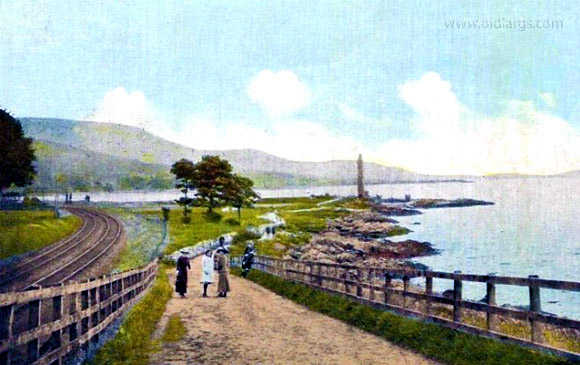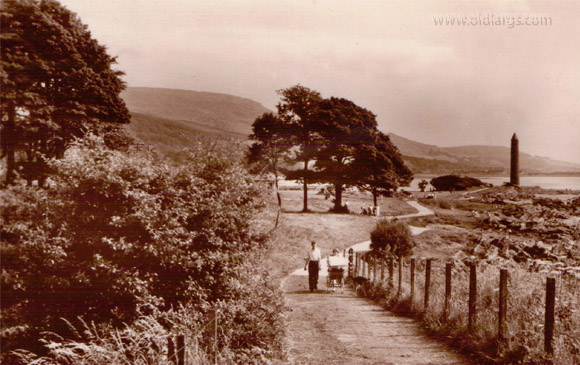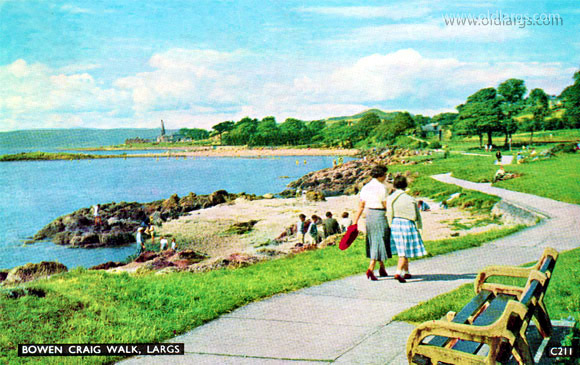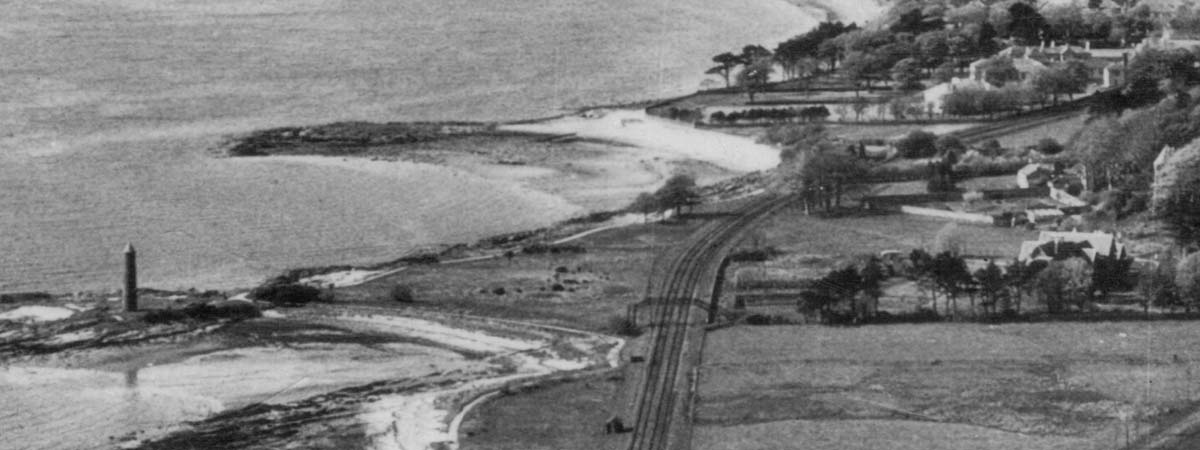
Broomfield Crescent
Still with us. Good. We are now heading along Broomfield Crescent on the last part of our walk from Bath Street to the Pencil.Next on the left as we leave the Curlinghall Flats is Little Raith which was built in 1820. It was originally called Broomfields Cottage. and is B listed building. It was built by the Stevenson family. At one time it was occupied by Andrew Montgomerie, who was a provosy and partner in the local clothes shop Montgomery Clark.It is thought to have been designed by David Hamilton.
At the bottom of May Street is Broomcourt Flats. This was the location of Clifford Lodge, built in 1812 for John Jamieson. It was a gray sandstone square built house. Clifford Lodge was demolished by Jimmy Houston acting for McTaggarts who designed and built the two blocks of Broomcourt. The corner of May Street is Crescent Lodge which was built in 1855, now converted to flats. Previously it had been called the Sherwood Hotel, The Picketlaw Hotel and later The South Bay Hotel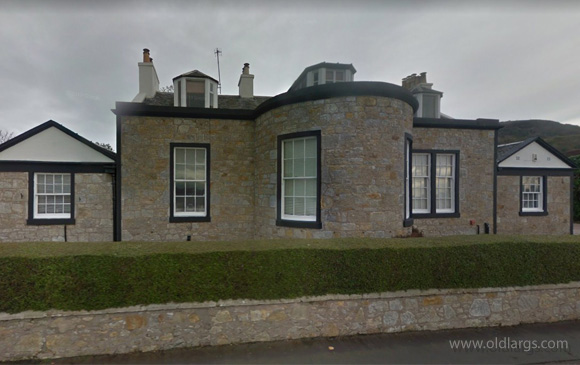
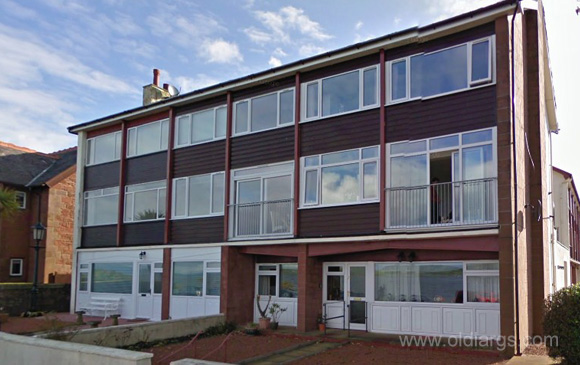
The corner of May Street is Crescent Lodge which was built in 1855, now converted to flats. Previously it had been called the Sherwood Hotel, The Picketlaw Hotel and later The South Bay Hotel

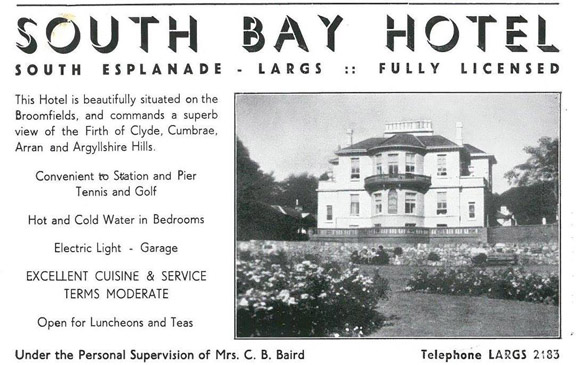
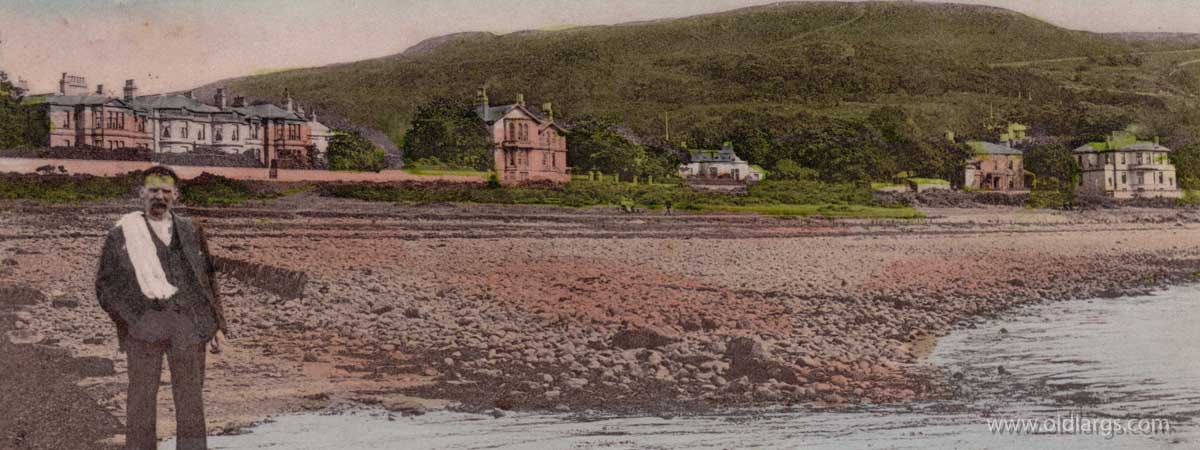
Warren Park Nursing Home
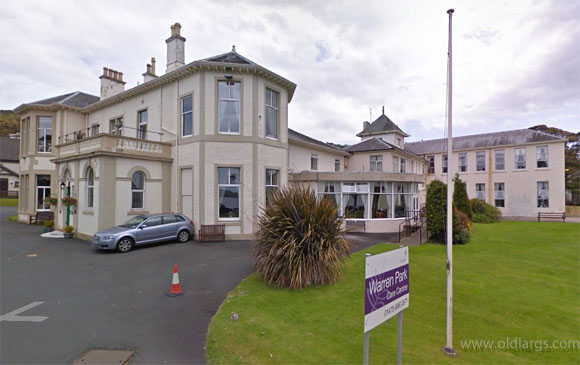
The original house here was built in 1866 for the Lang Family and then bought in 1905 by Mr Otto Ernst Philippi, a director with J & P Coats. During WW1 it was used as a convalescent home. After the war it reverted back to a private house. In 1924 its owner, Colonel James Smith Park, donated it to the Red Cross who ran it as the East Park children’s home until it closed in 1987. The children were transferred to the East Park Home in Glasgow. Reo Stakis owned it for a period and converted it to Warren Park Nursing Home.
The original house had grand stables around a court yard located where Warren Park Mews are today. They were fully tiled with beautiful coloured tiles. Each stall had shaped carved wooden dividers and doors. The Warren Park Mews houses were built to house clients that preferred to stay in their own homes. This meant they could access Warren Park services such as cleaners, laundry service or nursing care. They are now all just private houses.The building is now empty as the home closed a number of years ago. We wait so see what kind of development will utilise the site.
Bowen Craig and the Pencil
We are now heading towards the Pencil via the Bowan Craig walk. A favourite with locals and dog walkers. The name Bowen Craig derives from the two rocky outcrops. The Pencil is built on the south Bowen Craig, the north Bowen Craig is the grassy outcrop at Sandy Beach.This walk was merely a rough path over the rocks until the winter of 1905 when the Visitors Club of Largs took the opportunity to improve the path while providing work for the local unemployed. Walking out to the Pencil from Largs became very popular and in 1949 Largs Town Council bought the pathway and surrounding land. Over the winter the parks department landscaped the area at the Pencil and built the four stone seats and rustic pathway using stone from the shore.
A metal plaque was installed on the path to commemorate its construction. When the Bowen Craig path was refurbished a few years ago, the original plaque was removed and and then set into a new cairn out at the Pencil. Unfortunately within weeks the plaque was stolen and sadly has never been returned or replaced.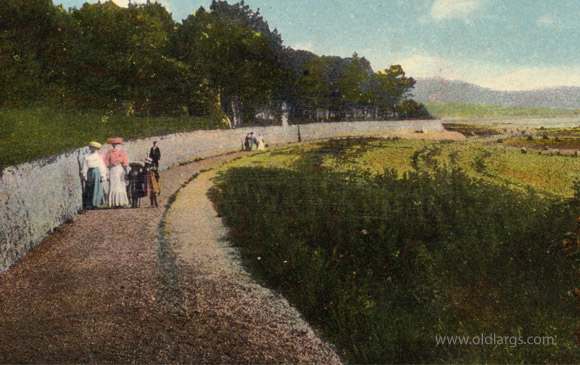
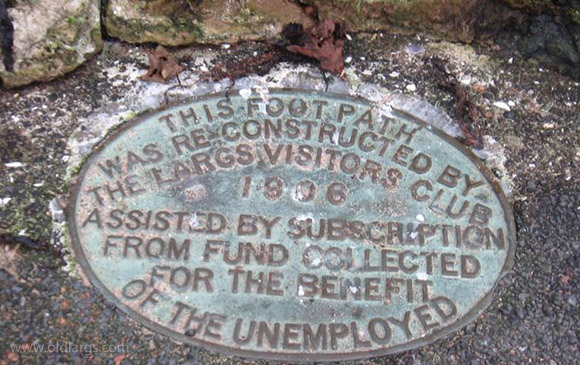
There has been much speculation over the years to what exactly is this small building. Popular theories have been it's a building where the fairies sleep, an old garden store, Tom Thumbs house and even an old viking toilet.
In fact we believe it was built as a folly probably by the Lang family as part of the original Warren Park house. It was probably used as a summer house with sea views and for their children to play in. We understand one daughter of the family was in poor health would often sit here sheltered and enjoy the views and the sea air.The Pencil monument was built in 1912 to a design by James Sandford Kay. It was built by local Largs builder John Hunter and cost £298. This was raised by public subscription. Soon it became known as the Pencil due to its shape. The Pencil is built of whinstone and stands 70 feet high and is topped by a conical cap. The design is modeled after the round towers at Abernethy and Brechin. It was wrongly assumed at this time that these towers were built for defence against Viking invasions. The opening ceremony was held on the 10th July 1912. Locals know the monument as the Pencil. Another earlier local name was the Needle.
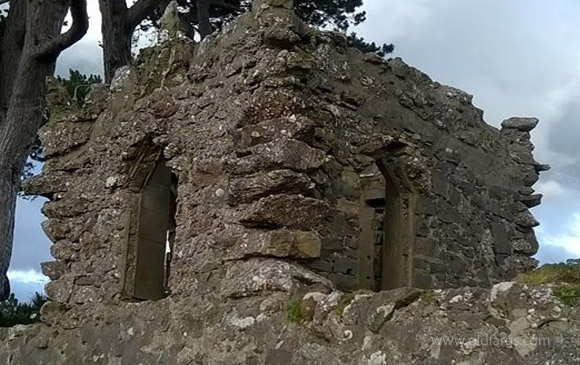
The following are some of the Pencil photos we have collected for this web site. Most are from old postcards sent from visitors from the town.

